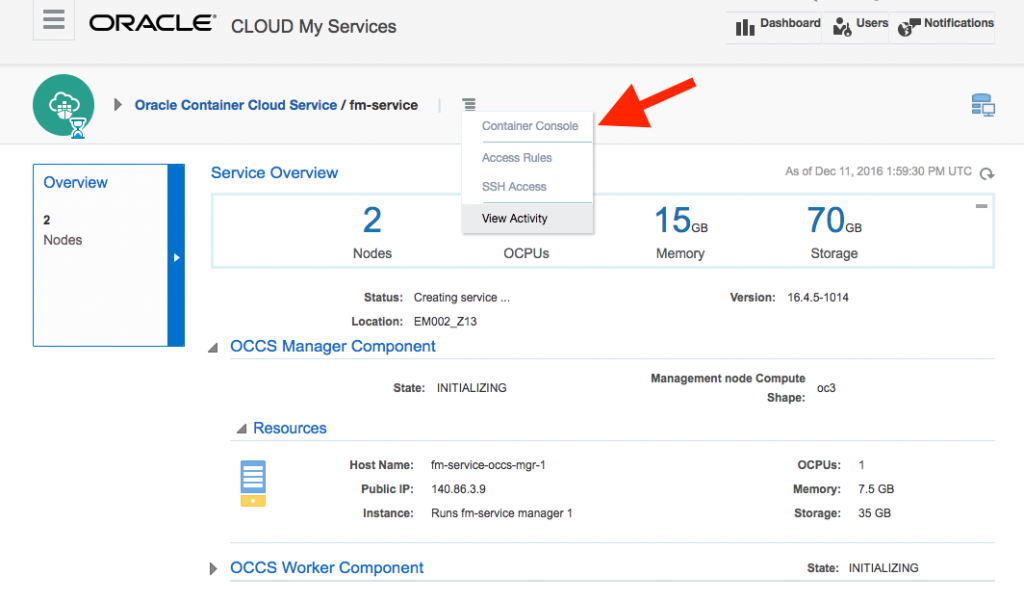 Welcome back to a new posting about the Oracle Container Cloud service(OCCS). In my previous OCCS blog posting I went through some details of the brand new OCCS.
Welcome back to a new posting about the Oracle Container Cloud service(OCCS). In my previous OCCS blog posting I went through some details of the brand new OCCS.
In the following webcast I try to measure some key characteristics like DNS lookup and ping times for major industry websites such as cloud.oracle.com, google.com and munzandmore.com. All the measurements are done from probes running in various capitals throughout the world. The important thing to understand is that we not measuring times from the Oracle Cloud to somewhere.
The results actually show that cloud.oracle.com is on a par with google.com and both obviously beat my own domain which is not a big surprise.
Grafana is visualizing the results of these probes. It is running in a Docker container which is running on Oracle Container Cloud Service (OCCS) – the newest addition to the Oracle Cloud.
Enjoy the webcast. Let me know if you have some interesting findings about measurements with Grafana and the worldping plugin or the Oracle Container Cloud service! For sure I will post more about it later.







 Oracle WebLogic Server 12c Book
Oracle WebLogic Server 12c Book Oracle Middleware and Cloud Computing Book
Oracle Middleware and Cloud Computing Book